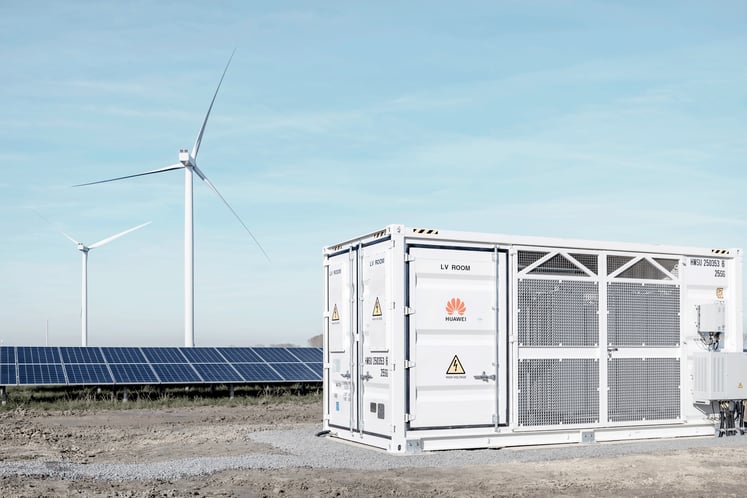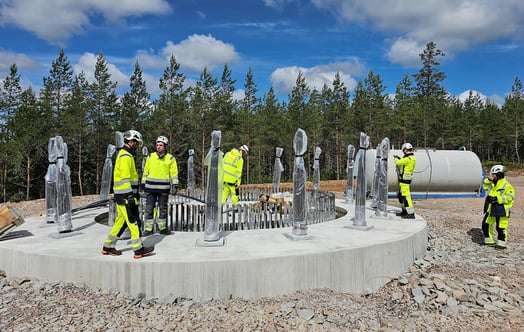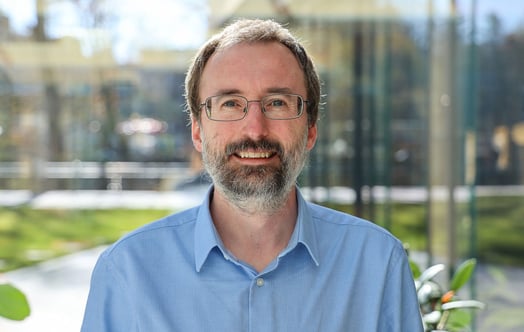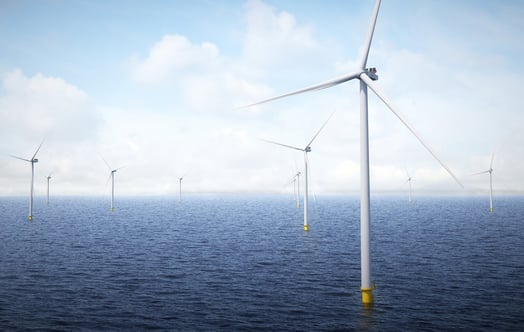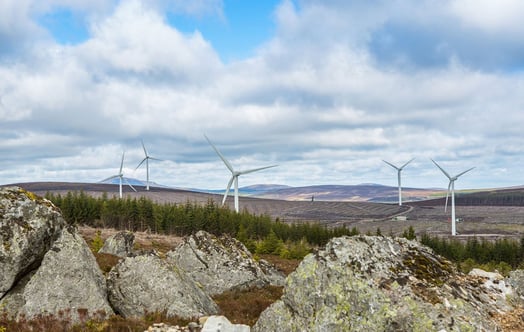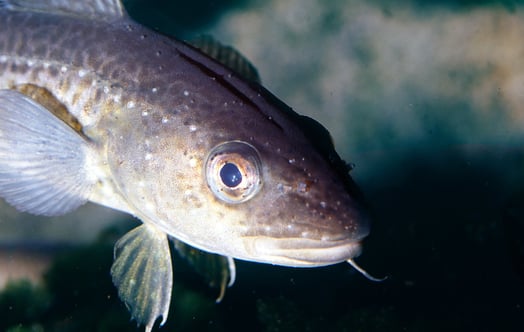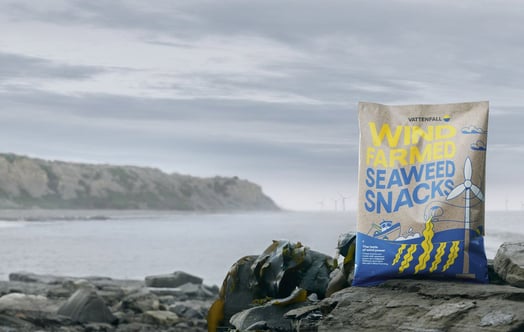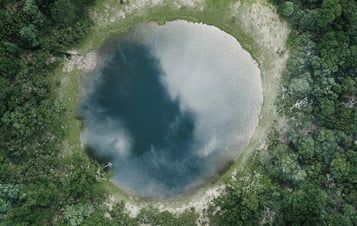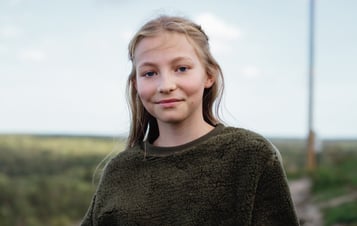Wind power
We are accelerating fossil freedom with electricity generation from wind power.
Driven by society’s need to tackle climate change, renewable energy generation continues to grow. Wind power alone now accounts for 19% of Europe’s electricity consumption. Today, wind and large-scale solar are often the most cost-effective options for new fossil-free power generation, accelerating decarbonisation.
A leading wind energy developer in Northern Europe
Vattenfall’s purpose is clear. We want to enable the fossil freedom that drives society forward. Expanding and integrating new renewable generation capacity is a core part of that mission. We are aiming for a strong portfolio of onshore and offshore wind, complemented by large-scale solar and co-located battery technology, to maintain a key role in the European energy transition. Industry partnerships with companies who want to reduce their carbon footprint are of strategic importance for the future.
Today, Vattenfall operates more than 1,400 wind turbines with a total installed capacity of approximately 6.6 GW (of which 1.6 GW is managed but not owned) in five European countries.
Video player requires marketing cookies.
To view this content please click here to allow marketing cookies.
For fossil freedom
Watch the video to find out more about how we are working for fossil freedom in our wind business.
Examples of our flagship projects
Hollandse Kust Zuid, the world's first non-subsidised offshore wind farm
In 2023, the world’s first subsidy-free offshore wind farm was inaugurated in the Netherlands. The fossil-free energy from Hollandse Kust Zuid will benefit households, businesses and industrial partners. Vattenfall built Hollandse Kust Zuid together with our industrial partner BASF and Allianz insurance company.
Vesterhav Nord and Syd offshore wind farms
Vesterhav Nord and Syd, two nearly identical wind farms off the west coast of Denmark, consist of 41 wind turbines with a capacity of 8.4 MW each. Located 5.5 to 10 kilometres from the shore, they are entirely in Danish waters. Together, the wind farms are expected to generate 1.5 TWh of fossil-free electricity per year, equivalent to the consumption of approximately 350,000 households. Around 2,300 local residents and holiday home owners have shares in the wind farms.
Pen y Cymoedd onshore wind farm
Pen y Cymoedd wind farm in South Wales has a capacity of 228 MW. Its 76 turbines can produce enough electricity to power around 15% of Welsh homes annually. A 22 MW battery is also located at the site. Additionally, the project includes a major nature recovery initiative, aiming to restore 1,500 hectares of peatland habitat.
Bruzaholm onshore wind farm
Bruzaholm wind farm with a capacity of 139 MW is under construction in Eksjö, southern Sweden. Set to be commissioned in December 2025, its 21 turbines will generate 460 GWh annually, powering approximately 91,500 homes.
Nearby, Vattenfall is building a 38 MW battery storage facility to support the grid. Bruzaholm will be Vattenfall's largest onshore wind farm in southern Sweden.
Video player requires marketing cookies.
To view this content please click here to allow marketing cookies.
Hybrid parks combine batteries, wind and solar
Batteries are balancing grid stability and storing fossil-free electricity in Vattenfall's hybrid energy park Haringvliet. Learn more in this video.
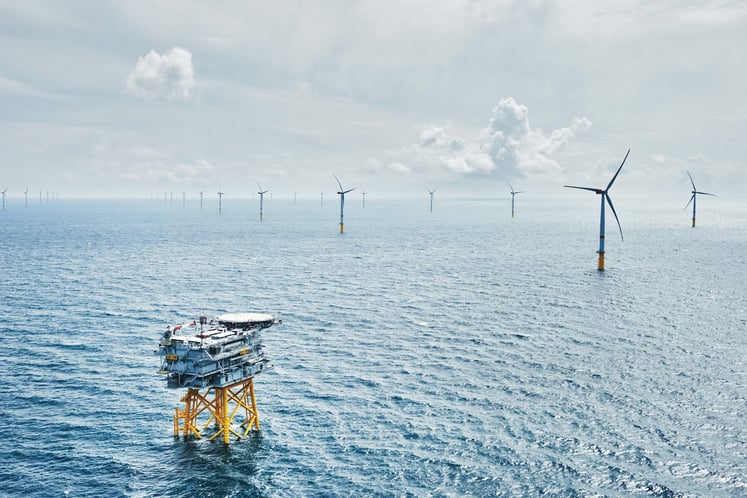
Our wind farms
Find out more about Vattenfall’s onshore and offshore wind farms, their location and other facts.
Wind power and the environment
The largest environmental impact of wind power is during the building phase due to production of equipment and transportation. We carry out an Environmental Product Declaration (EPD) to assess the impact of both onshore and offshore wind projects. Wind power emits no CO2 when producing energy and it is the fastest growing energy source in the EU.
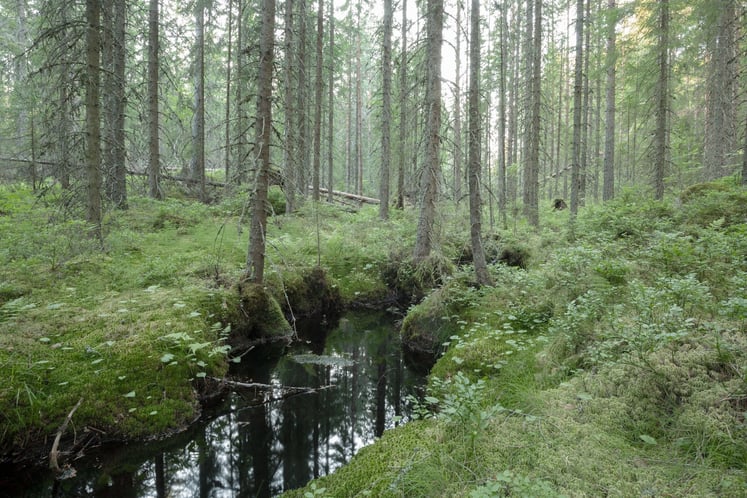
EPD
We carry out Environmental Product Declarations (EPD) to assess the impact of projects.
News and press releases
Related content
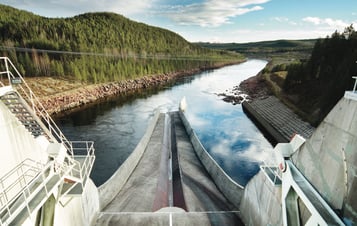
Hydro power is economically attractive and has low levels of CO2 emissions.
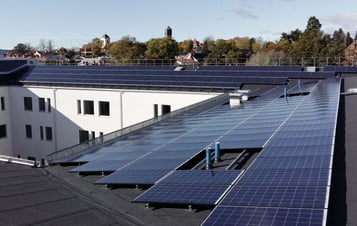
Solar power is essential in a sustainable and fossil free energy system.

Biomass is a renewable energy source and can be used to produce both heat and electricity.


